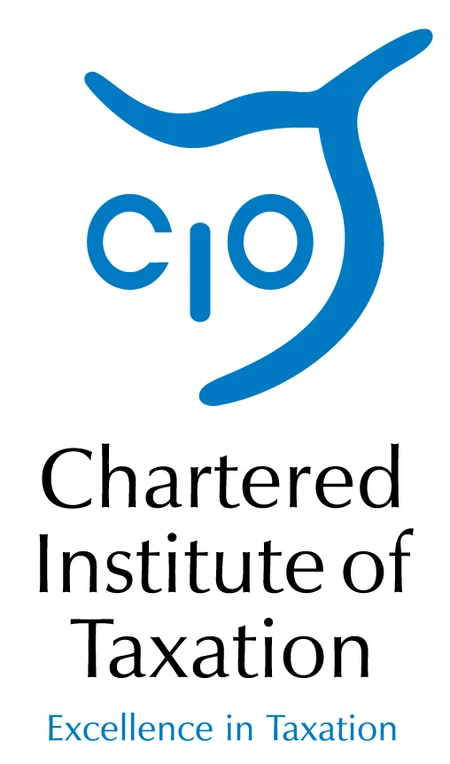Following feedback from farmers and the motoring industry regarding the planned changes to the tax treatment of double cab pickups (DCPUs), HMRC have now announced that they are withdrawing their new guidance, meaning DCPUs will continue to be treated as goods vehicles rather than cars, so businesses and individuals will continue to benefit from its historic tax treatment.
__________________
From 1st July 2024 HMRC have announced they will update the tax treatment of double cab pickups. From this date onwards, HMRC will classify double cab pickups, as cars rather than vans for employment tax purposes. This announcement will have a significant impact on businesses using these vehicles, affecting their tax liabilities.
For double cab pickups purchased, leased, or ordered prior to 1st July 2024, the previous rules will remain in place. These vehicles will continue to be treated as vans for employment tax purposes. The provision of a pre-1st July 2024 double cab pickup by an employer will continue to be that of a van benefit until the earlier of the vehicle disposal, lease expiry, or 5th April 2028.
From 5th April 2028 onwards, the benefit in kind on individuals will transition from a van benefit in kind to a car benefit in kind, which will result in higher tax charges.
The following examples have been taken straight from HMRC website.
Example 1 – Employer A purchased a double cab pickup on 14th September 2024. As this purchase is post 1st July 2024, the vehicle would be classified as a car and a car benefit charge would arise.
Example 2 – Employer B leased a double cab pickup on 10th April 2024. As this was leased before 1st July 2024, the previous rules continue to apply for Employer B until the earlier of the lease expiry, or 5th April 2028.
Example 3 – Employer C purchased a double cab pickup on 10th July 2023. This was subsequently traded in on 1st November 2024 for another double cab pickup. The previous rules apply to the first vehicle until the trade in point on 1st November 2024. As the new double cab pickup was purchased after 1st July 2024, it will represent a car under the new rules and a car benefit charge would arise.
Example 4 – Employer D placed an order for a double cab pickup on 5th January 2024, but this was not available to the employer until 2nd September 2024. As the agreement was entered into before 1st July 2024, the previous rules continue to apply for Employer D until the earlier of disposal, lease expiry, or 5th April 2028.
The benefit in kind calculations for vans and cars are different. The benefit in kind for the provision of a van and fuel are based on flat rate amounts that are set by HMRC each tax year.
For the 2024/25 tax year, the van benefit is £3,960 and the van fuel benefit is £757. Fully electric vans have a flat rate amount of £0.
The benefit in kind for the provision of a car and fuel are based on the vehicle’s CO2 emissions. The higher the CO2 emissions, the higher the benefit in kind multiplier percentage. The multiplier percentage for the 2024/25 tax year ranges from 2% for 0g/km cars to 37% for >160g/km cars.
For the car benefit in kind, the multiplier is applied to the list price of the vehicle. (Please remember the list price of a vehicle is the price when new and it doesn’t consider current market values or dealership discounts).
For the fuel benefit in kind, the multiplier is applied to a flat rate fuel amount that is set by HMRC each tax year. For the 2024/25 tax year the flat rate fuel amount is £27,800.
So, what impact will the change have. Well, a vehicle under the van benefit in kind rules for the 2024/25 tax year will result in a benefit in kind of £3,960 and if fuel is supplied, then there will be an extra benefit in kind of £757.
If you had the same vehicle under the car benefit in kind rules, this would result in a car benefit of £12,950 (This is calculated by taking a list price of £35,000 and CO2 emissions >160g/km which generate a multiplier of 37%). If fuel is supplied, then there will be an extra benefit of £10,286 (£27,800 x37%).
So as you can see the van and fuel benefit in kind totals £4,717 whereas the car and fuel BIK totals £23,236.
An individual pays tax on their benefit in kind at 20%, 40% or 45%, depending on their income levels. The change in treatment from van benefit in kind rules to company car benefit in kind rules would give rise to the following extra tax in the 2024/25 tax year.
| Basic rate taxpayer @20% | £3,703.80 | |
| Higher rate taxpayer @40% | £7,407.60 | |
| Additional rate taxpayer @45% | £8,333.55 |
Also, employers will suffer when the vehicles comes under the car benefit in kind rules, as there will be an associated rise in Class 1A National Insurance Contributions, as the amount payable in this respect is calculated on benefit in kind that arises.
HMRC have not amended the definition of a van for VAT purposes. So, a van for VAT purposes continues to be a vehicle with a payload over one tonne.
The definition for capital allowances usually follows that of employment tax and therefore, it would be expected that HMRC will consider double cab pickups as cars for capital allowance purposes from 1st July 2024, but we await clarification from HMRC on this. The effect of this is that a capital allowance claim will be restricted from 100% relief in the year of purchase to 6% relief every year.
It would be advisable for employers to keep records, which show the date when the vehicles were purchased, leases were entered into or orders placed, just as evidence until the rule changes in April 2028.
Martin Tomes is HSKSG’s Director of Tax. He specialises in assisting and advising individuals and their businesses in all areas of taxation with an emphasis on tax planning, mitigation and compliance and also heads up the firm’s specialist property sector group.


